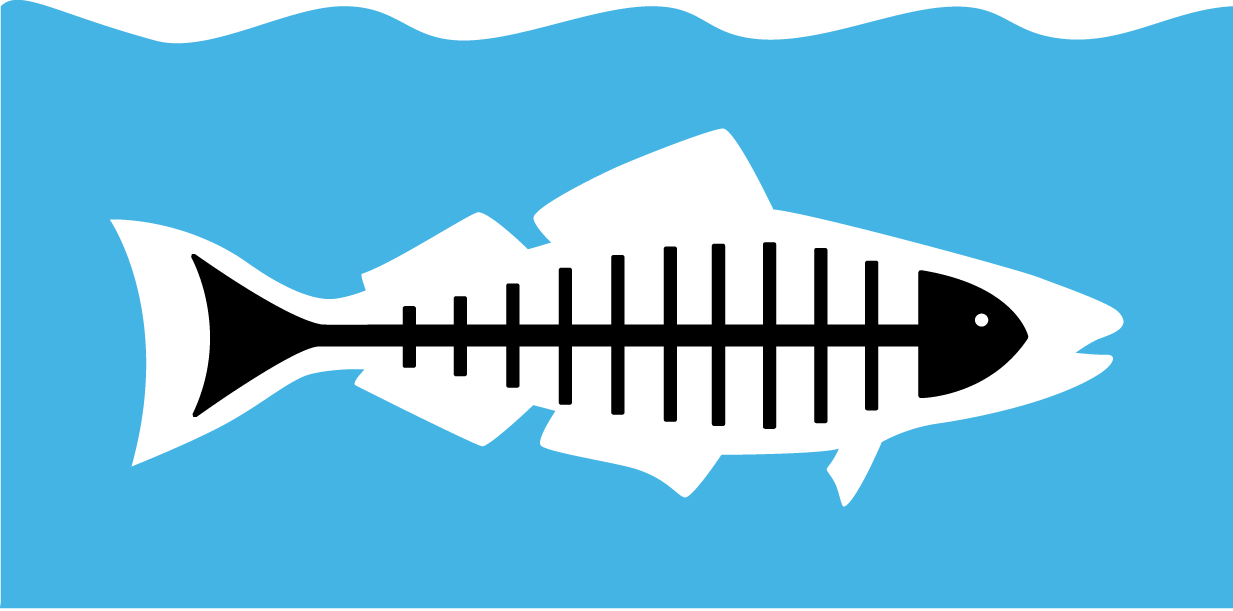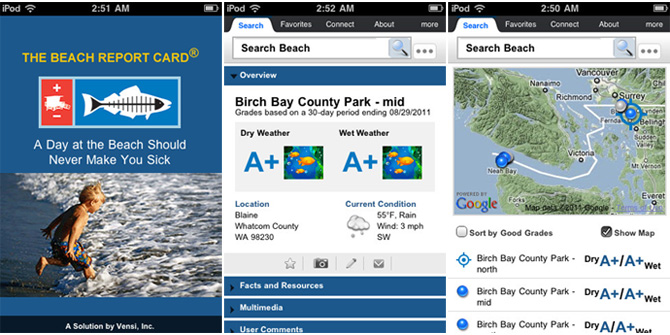Editor’s note: Roberta Brown is a Santa Monica-based writer, fight choreographer and mother (three vocations that she says go surprisingly well together). She is the West Coast Editor for Nickelodeon’s ParentsConnect.
I think I may have actually done a happy dance when I found out that the Santa Monica Pier Aquarium is launching its own summer camp this year. What I know for sure is that I booked my son a spot right way.
I suppose I should confess to a slight bias: we LOVE the aquarium. We love its perfect size (big enough to fascinate kids, small enough for parents to relax); its fabulous staff (with knowledge and enthusiasm in huge, equal parts); its escape-artist octopus (who probably didn’t mean to flood the place a few years back); its frisky sharks (who never fail to spray out-of-town relatives); and its brand-new, mesmerizing sea horses. When my son was in preschool we always entered the fray to get into those Reggio-esque Micro Biologist classes – arguably the single best drop-off class for 3 to 5-year-olds in town. My preschooler came home able to articulate the differences between sea mammals and big fish, the many uses of seaweed and how to tell a sea lion from a seal. (Can you??)
As he approached the age of no return for those classes, we were sad to discover that – at least at the time – only the littlest tykes were lucky enough to get the behind-the-scenes, inside story on all things aquarium. The following year we had to get our aquarium fix with a birthday party there.
But back to that happy dance, we found out a few weeks ago that this summer the aquarium is offering a summer camp. We’re in, out, and around this summer, so we opted for the occasional day option, but I’m already imagining those days: I drop my son off so that he can learn more about the ocean in a few hours than I’ve managed to learn in 40-something years, then I go open my laptop to work in that quiet, breezy room at the Annenberg Beach House that I’ve been promising myself since it opened. Later I pick up my son, who is beached-out and educated all in one go, and I feel like a hero treating him to an ice cream at the carousel. Or maybe on Thursday we follow up camp with a picnic and a concert on the pier. That’s more summery than corn on the cob.
And when it’s all over, when all the sand has been brushed off all the feet, maybe he can finally clarify for me the difference between a seal and a sea lion.
-Roberta Brown
Editor’s note: Limited spaces are still available in the Santa Monica Pier Aquarium Summer Camp and will be filled on a first-come, first-served basis. Learn more about the Science Adventures Camp and register online now.





